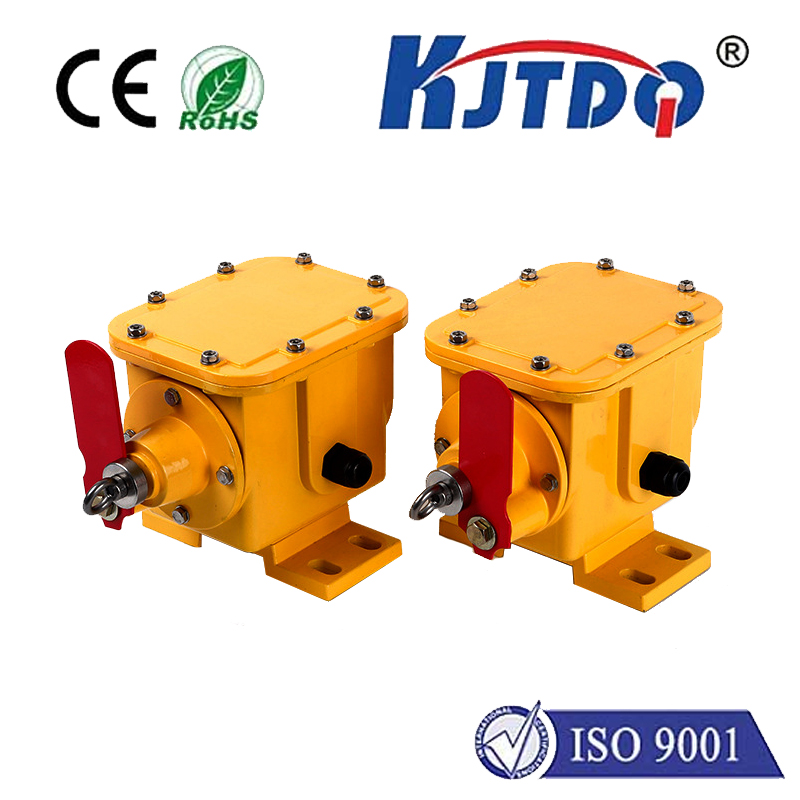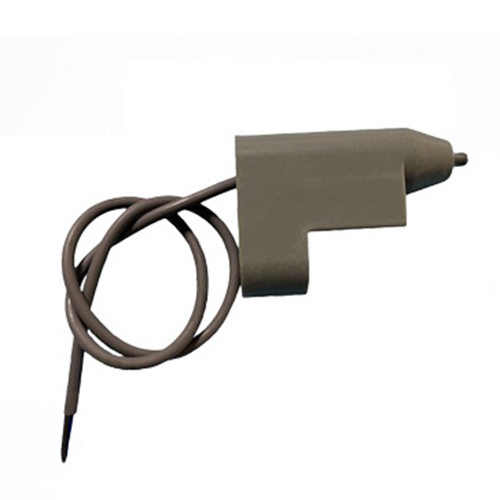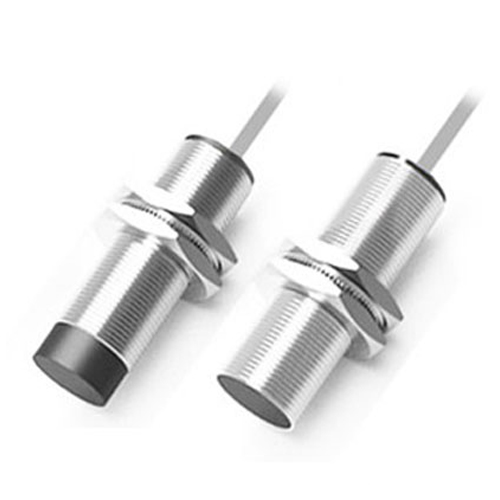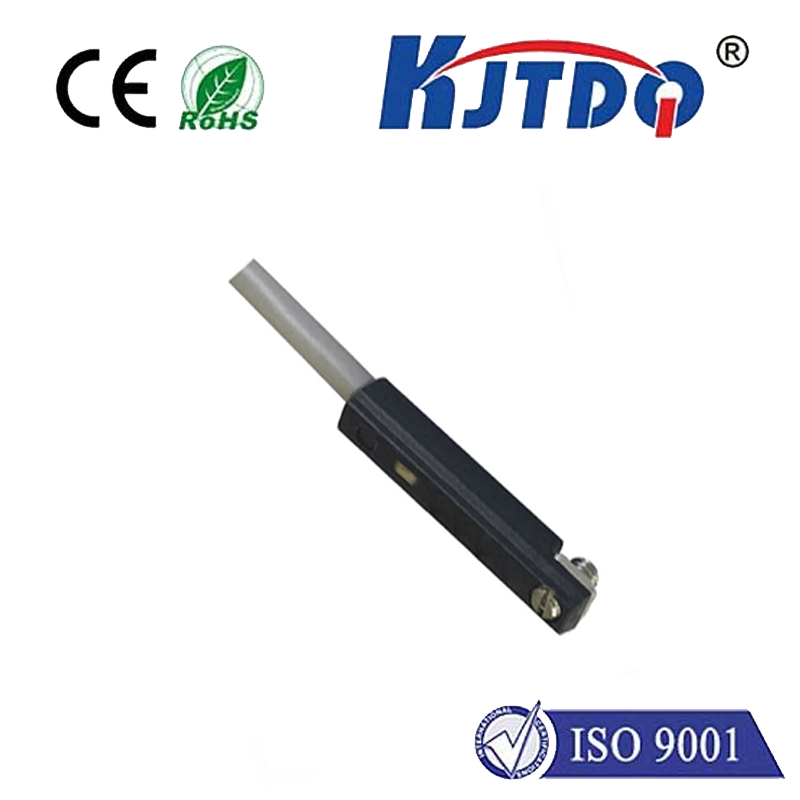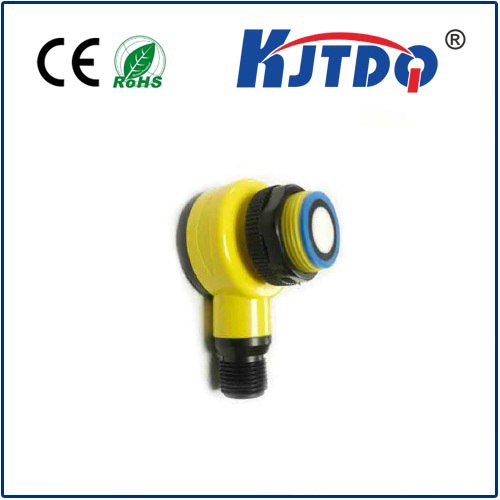

check

check

check

check
Optical Fiber Sensors: A Revolutionary Solution for Modern Monitoring and Control
In today’s rapidly evolving technological landscape, the demand for reliable, efficient, and smart sensing solutions has never been greater. Among the many innovations in the field of sensor technology, FU-82B optical fiber sensor stands out as a cutting-edge tool that is transforming how we monitor and control various systems. This sensor utilizes optical fibers to detect physical changes in real-time, offering unparalleled accuracy, durability, and versatility. In this article, we will explore the key features, applications, and advantages of the FU-82B optical fiber sensor, highlighting its role in advancing modern monitoring technologies.
The FU-82B optical fiber sensor is designed to measure a wide range of parameters, including temperature, strain, pressure, and vibration. Unlike traditional sensors that often rely on electrical signals and are susceptible to interference, the FU-82B uses light waves to transmit data. This makes it immune to electromagnetic interference and ideal for use in harsh environments. The sensor operates on the principle of optical fiber sensing, where changes in the optical properties of the fiber—such as wavelength shifts or intensity variations—are converted into measurable signals.

One of the most significant advantages of the FU-82B is its non-contact measurement capability. This means that the sensor can detect changes without physically contacting the object being measured, eliminating the risk of damage or contamination. This feature is particularly valuable in industries such as aerospace, automotive, and industrial automation, where precise and reliable monitoring is critical. Additionally, the sensor is lightweight and compact, making it easy to integrate into existing systems without requiring significant modifications.
Another key feature of the FU-82B is its high accuracy and long-term stability. Optical fiber sensors are known for their stability over time, even under extreme conditions. This reliability is crucial for applications that require consistent performance over extended periods. The sensor’s design also ensures minimal energy consumption, making it an environmentally friendly option for both industrial and commercial use.
In addition to its technical advantages, the FU-82B optical fiber sensor offers flexibility and scalability. It can be deployed in a variety of environments, from small-scale monitoring systems to large industrial plants. This adaptability makes it a versatile solution that can be tailored to specific needs. Whether it’s used in a factory to monitor equipment performance or in a remote location to track environmental conditions, the FU-82B provides a reliable and efficient monitoring solution.
The use of optical fiber sensors like the FU-82B is not limited to industrial applications. In the field of healthcare, for example, optical fiber sensors are being used to monitor patient vitals in real-time, providing doctors with immediate insights into a patient’s condition. Similarly, in civil infrastructure monitoring, these sensors are employed to track the structural integrity of bridges, buildings, and tunnels, ensuring the safety and longevity of critical infrastructure.
In conclusion, the FU-82B optical fiber sensor represents a significant advancement in sensor technology. Its ability to provide accurate, non-contact, and stable measurements makes it a valuable tool across multiple industries. As technology continues to evolve, the role of optical fiber sensors will only become more important. Whether in manufacturing, healthcare, or environmental monitoring, the FU-82B offers a powerful and dependable solution for real-time data acquisition and analysis.
